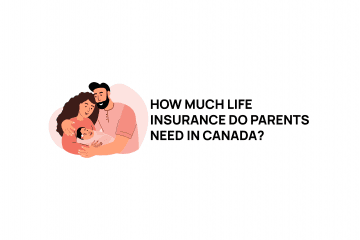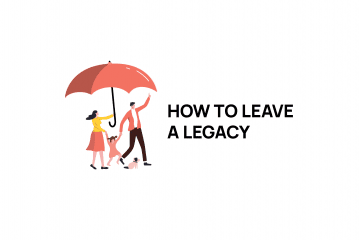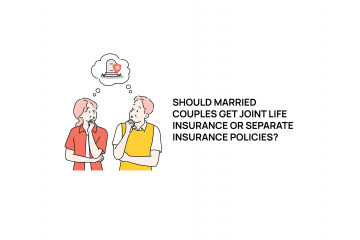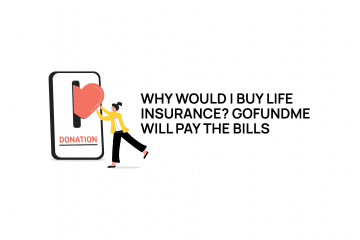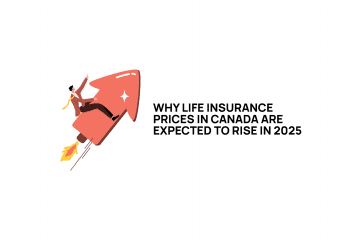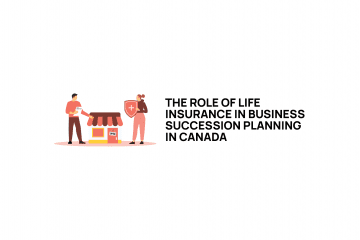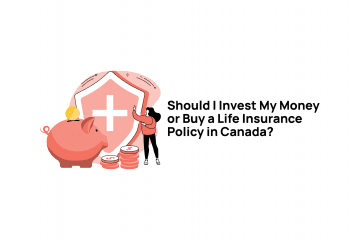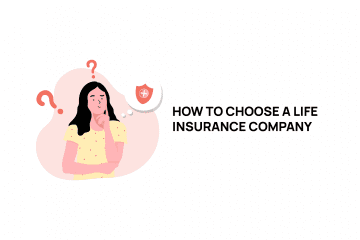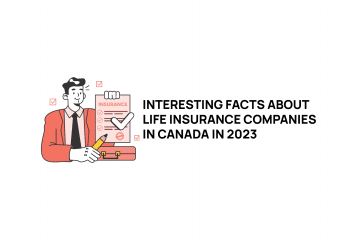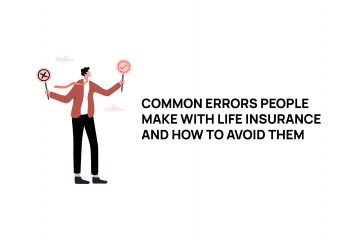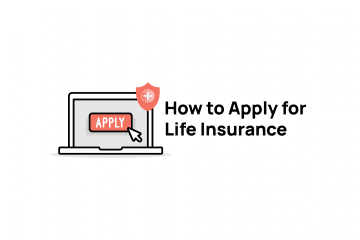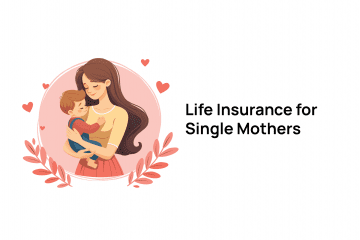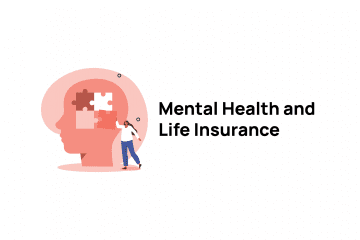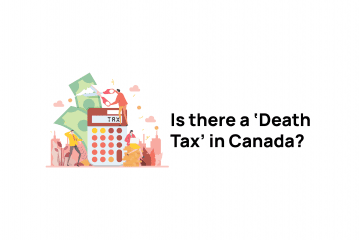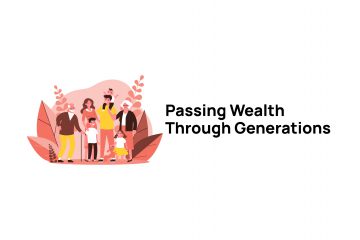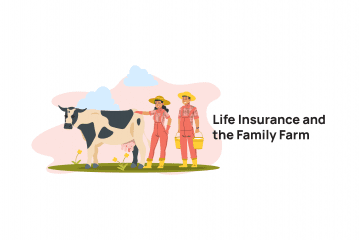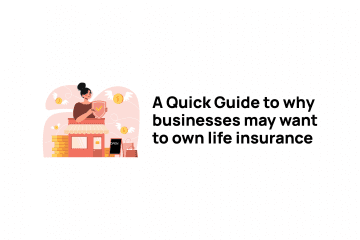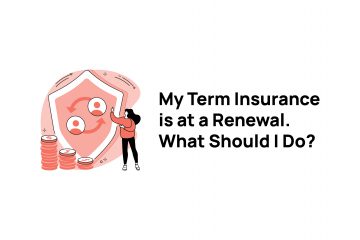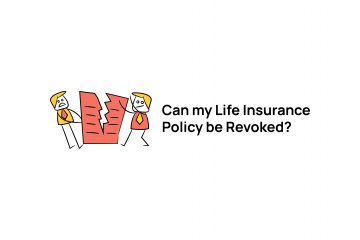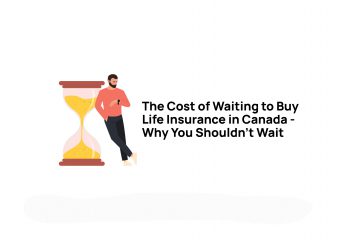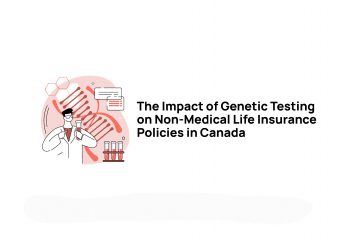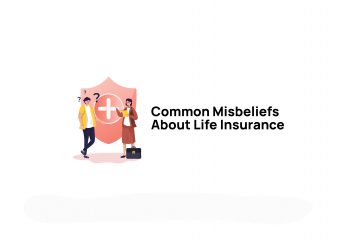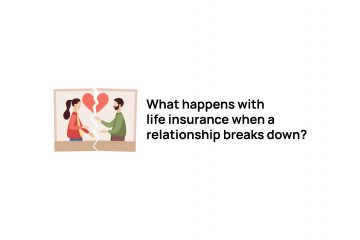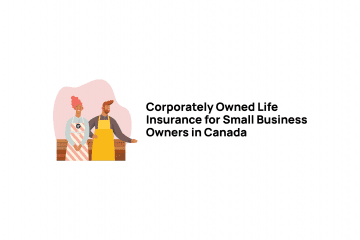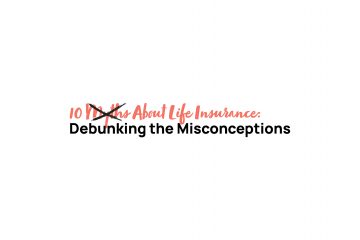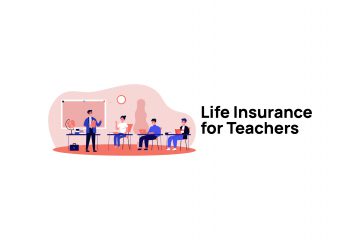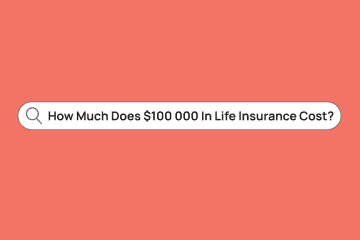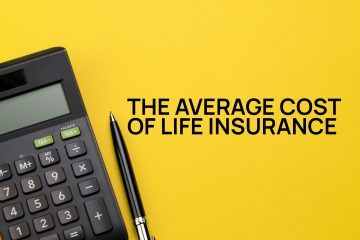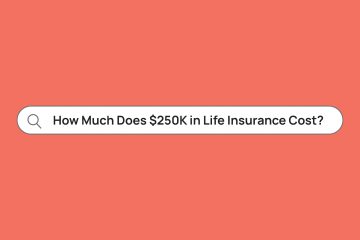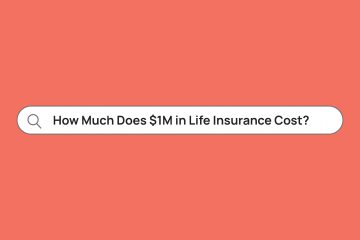Wherever possible, Canadian consumers should purchase term policies that are renewable and convertible. In fact, the Financial Services Regulatory Authority of Ontario has this to say:
“If you start with a term policy, you may want to make sure it’s renewable or convertible into a permanent policy at a later date. That way you have some flexibility to meet your changing life situation.”
LifeInsuranceCanada.com always recommend renewable and convertible term insurance as their first choice of policies.
Renewable Term Definition
Term life insurance has premiums that are level for a period of time (known as the term). At the end of the term if the policy is renewable, then premiums increase and the policy continues in force. If the policy is not renewable, then the coverage simply ceases.
Renewable term policies are often renewable to a specific age, i.e. age 80 (after which point the coverage ceases) though some term policies are renewable for life.
Convertible Term Definition
Convertible term life insurance has an option (called conversion) that allows you to exchange your term policy for a permanent policy without taking a medical exam. The result is that you can lock in life insurance for life even if you have a medical condition that would prevent you from being insurable.
The conversion option expires at a predetermined age which varies by policy. Common conversion expiration ages are 70 or 71.

A Bit of History
Back in the 1980’s and 1990’s there were life insurance policies available that were not renewable and convertible. During this time consumer advocates commonly recommended that consumers ensure that their term life insurance policies were renewable and convertible.
By the time that the early 2000’s rolled around almost all term policies were renewable and convertible by default. At that point the terms renewable and convertible fell from common recommendations simply because by default, your term policy would have these features. Non-renewable and non-convertible policies were relegated to specialty policies and life insurance for people who were hard to insure.
Today however, the prevalance of non-renewable and convertible term policies are once again rising. They are particularly commonplace in online life insurance policies where consumers are buying life insurance through a website.
Why a life company would want to offer you a non-renewable and convertible term policy
Term policies with renewals allow you to continue your term life insurance at much higher premiums, but without a medical exam. Why would a consumer do that instead of purchasing a new term policy that will have cheaper premiums? And the answer is of course that the consumer can’t qualify for a new policy due to the medical exam requirement – they’re uninsurable.
Term policies with conversion are similiar. Why would a consumer with a term policy want to change over to a lifetime whole life policy? Again the answer is because they’re uninsurable and they’re now interested in insurance at any price – because they no longer qualify for any coverage.
Renewable and convertible term life insurance are not the best features for life insurance companies because people with insurability concerns (or completely uninsurable) can continue to keep their life insurance.
Why you want a renewable term life insurance policy
While you can keep a renewable term policy past the initial term if you are uninsurable, the increase in premiums is likely to be unpalatable – you won’t like the premiums and thus it’s typically not a good long term choice.
However, it is a very important short term choice. There are two common scenarios where renewable term policies are used in practice. First, and perhaps most commonly, is forgetting about the renewal. If you have a non-renewable term life insurance policy, the policy will simply lapse at the end of the term, possibly even without notice to you. You’re just out of life insurance, and quite abruptly. A renewable policy instead will charge you a much higher premium which you’re likely to notice almost immediately. At that point you’ll want to start looking at alternatives (a new term policy, conversion, or perhaps cancelling entirely). The renewable feature gives you the time to make those decisions while still being covered with life insurance. Importantly, you shouldn’t assume now that you won’t care about having options for more life insurance in 10 or 20 years – that’s a decision best left to the end of your term.
Get a free quote
Why you want a convertible term life insurance policy
Convertible term (or term life insurance with the conversion option) allows you to exchange your term life insurance policy for a permanent life insurance policy (e.g. whole life insurance) without a medical exam.
This is something you likely don’t care about at all – until you run into it. Then, you’ll likely care a lot. If you’ve become uninsurable as you’ve gotten older, the ability to lock in life insurance forever becomes overwhelmingly important. Based on our experience, people who have had a heart attack, cancer, or stroke will take as much life insurance as they can reasonably afford. And conversion is affordable – if your original policy is issued at standard health class premiums, then your conversion policy will also be at standard health class premiums. Yes, if you become completely uninsurable, a convertible term policy lets you exchange your term life policy for a permanent, lifetime policy, without any medical questions – and get standard health class premiums.
Policies without conversion mean that if you become uninsurable, then at the end of the term you are likely without life insurance and no ability to get a new policy ever again. As you can imagine, this becomes very important to people who are uninsurable – which probably won’t be you in the future, but could be you in the future.
What does all this cost?
Renewable and convertible term options are offered at no additional charge, and they are offered on most of the aggressively priced term life insurance policies in Canada. Effectively you can have these options at no cost. The only concern is ensuring that your policy does in fact have these features when you shop out policies.

Evaluating Renewable Term Life Insurance
The renewal is the new, higher premium that is charged at the end of the first term. So if you have a 20 year term policy, premiums are level for 20 years, then in year 21, your premiums will increase (that’s the renewal). But what happens in year 22 and later?
There’s three common structures for renewal premiums:
Many policies renew with premiums that are level for the same timeframe as the initial term. So a 10 year term would renew with higherpremiums that are again level for another 10 years. At the end of the first 10 year renewal, it again renews for another higher premium level for another 10 years, and so on until the policy expires. In effect, your premiums simply go up every 10 years (or 20 years if you have a 20 year term policy).
The second common structure is ‘YRT renewals’, or Yearly Renewable Term. With these policies, the policy renews at a higher premium, and then premiums increase every year thereafter (again, until the policy expires). Importantly, premiums for YRT renewals don’t go up in a linear or level fashion. Instead they increase heavily every single year.
The last structure is a renewal to age 100 structure. These policies have their first renewals using one of the first two structures. However instead of a policy expiry the offer the option at that point to renewal with level premiums for life. An example of this would be a 10 year term policy that renews at higher premiums every 10 years until age 80. Then at age 80, premiums increase and are level for life thereafter.
Evaluating Convertible Term Life Insurance
The first consideration with conversion is ‘what permanent policy will you be able to convert to’. You can convert to whatever policy is available for conversion, at the point in the future when you do your conversion – and thus, we don’t actually know what that policy will be. Generally accepted advice in the life insurance industry, if you care about this, is to go with a company that traditionally offers strong permanent policies. Again, this is not guaranteed so you should treat this as a minor or inconsequential consideration.
More importantly however, is if your conversion option expires before the end of your term. If you are 46 and purchase a term 20 policy that expires at age 65, then you’ll reach the end of your term and conversion won’t be available. In that situation you should consider a company that has converstion that expires at age 70 – past the end of your term. This is because conversion is commonly done at the end of your term.
If you’re younger, then generally the conversion option expires well past the end of your term. In that case, the conversion expiration isn’t a consideration as you’ll have done your conversion (or not) long before the expiration date. If you would like more information on convertible and renewable life insurance please reach out to us here.


